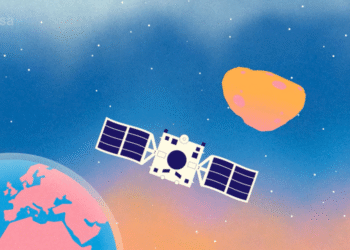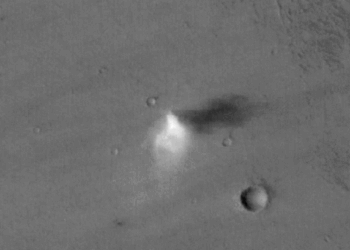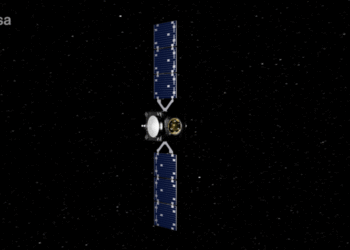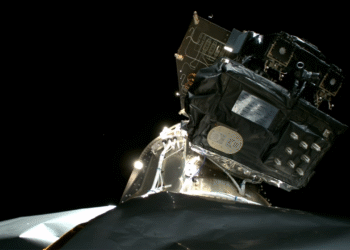The Curiosity Mars Rover is actively exploring and investigating some intriguing geological formations during its mission on Sols 4629-4630. Recent observations are focusing on what appears to be hollow bedrock. This phenomenon is of particular interest because it may offer valuable insights into the geological history of Mars and the processes that have shaped its surface.
To conduct its investigation, the rover is equipped with various scientific instruments. The team operating Curiosity utilizes these tools to collect data and analyze the composition and structure of the bedrock. As part of its routine procedure, the rover employs a combination of panoramic imaging and close-up observations to gather detailed visual information about the area.
Analysis Techniques
The rover’s science team employs several techniques to study the hollow bedrock, including:
- Spectroscopy: To determine the mineral composition of the rocks.
- Robotic Arm Features: Instruments like the Mars Hand Lens Imager (MAHLI) for close-up images and the Alpha Particle X-Ray Spectrometer (APXS) for chemical analysis.
Exploration of these features not only provides a deeper understanding of the Martian surface but also aids in evaluating potential habitability indicators, crucial for deciding future exploration and potential manned missions.
Discoveries and Implications
The data collected thus far has shown variations in the formation and density of the bedrock, suggesting historical environmental changes on Mars. This information may prove instrumental in constructing a timeline of Martian surface evolution and could reveal evidence of past water activity or other geological processes.
For more in-depth details about the Curiosity Rover’s discoveries on Sols 4629-4630, visit the official NASA blog.






















